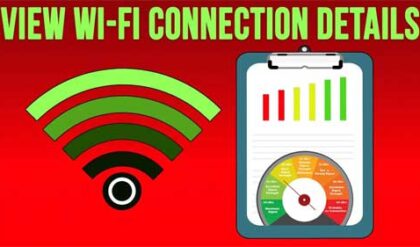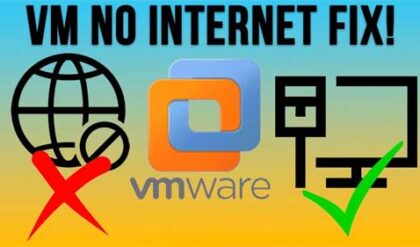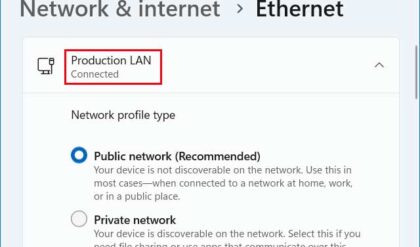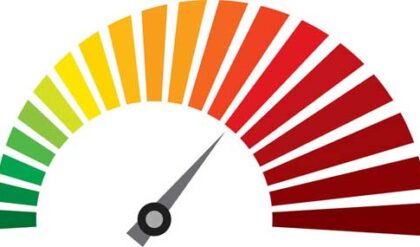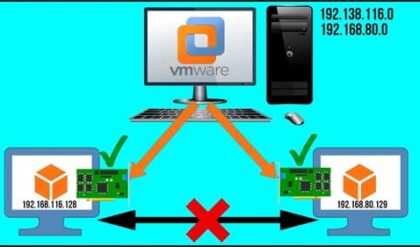There are thousands of words, phrases and terms used in the networking world. Since most of us are not future Cisco employees we decided to list some of the more common terminology you may come across or need to know. Here is a listing of important words, phrases and terms you should know about networking.
- Bandwidth – the rated throughput capacity of a given network media or protocol. The amount of data that can be transmitted in a fixed amount of time.
- Backbone – A high-speed link joining together several networks.
- Bit – A unit of information having just two possible values, as either of the binary digits 0 or 1.
- Byte – a series of consecutive binary digits that are operated upon as a unit. There are 8 bits in a byte.
- Category 5 (cat 5) cable -A type of twisted pair network wiring in which there is a certain number of twists per foot. It is the most commonly used network
- cabling. Newer types of these cables are called Cat6 and Cat7.
- Coaxial Cable – A type of cable consisting of two insulating layers and two conductors most commonly used in older networks.
- Collision – An attempt by two devices to transmit over the network at the same time usually resulting in the data being lost.
- DNS (Domain Name System) – an internet service that translates domain names into IP addresses. For example www.google.com translates to 66.102.7.99.
- Dynamic DNS – A method of keeping a domain name linked to a changing IP address using a pool of available IP addresses so you can use applications that require a static IP address.
- Domain – A group of computers and devices on a network that are administered as a unit.
- DHCP (Dynamic Host Configuration Protocol ) – A TCP/IP protocol that dynamically assigns an IP address to a computer. Dynamic addressing simplifies network administration because the software keeps track of IP addresses rather than requiring a network administrator to do so.
- Ethernet – Ethernet is the most widely installed local area network technology. It was developed during the late 1970s through a partnership of DEC, Intel, and Xerox.
- Fiber Optic – A cable technology that uses glass (or plastic) threads (fibers) to transmit data. It is a very fast technology
- Gateway – A device on a network that serves as an entrance to another network and routes traffic
- Gigabyte – A unit of measure for memory or hard disk storage capacity. 1024 megabytes = 1 gigabyte.
- Hardware (MAC) address – A unique address associated with a particular network device
- Hub – A common connection point for computers and devices in a network that takes an incoming signal and repeats it on all other ports
- Internet – Term used to refer to the world’s largest internetwork, connecting thousands of networks worldwide. Also known as the world wide web (www)
- IP address – a 32-bit address assigned to hosts using the TCP/IP protocol. Each computer/device on the public internet has a unique IP address. An example of an IP address is 192.168.1.
- LAN (Local Area Network) – computer/data network which is confined in a limited geographical area.
- MAC Address (Media Access Control) – A unique identifier attached to most forms of networking equipment. It is burned into the device and cannot be changed
- Megabit – A measure of data transmission speed – 1 million bits per second or approximately 125,000 characters per second
- Megabyte – A unit of measure for memory or hard disk storage capacity. 1,000 kilobytes = 1 MB
- Network – A group of computers and devices that can communicate with each other and share resources.
- Network Interface Card (NIC) – A hardware device inside a computer or other network device that enables communication with a network.
- Packet – The unit of data sent across a network. Data is broken up into packets for sending over a packet switching network.
- PING (Packet Internet Groper) – A command used to test connectivity to a device over a TCP/IP network.
- Protocol – Rules determining the format and transmission of data over a network
- RJ-45 – Standard connectors used for unshielded twisted-pair cable. Most commonly used with Cat5 network cabling.
- Route – A path through an internetwork.
- Router – A device that routes/forwards data across a networks.
- Server – A computer that handles requests for data, email, files, and other network services from other computers (clients)
- Subnet – A portion of a network that shares a common address component but is on a different segment than the rest of the network.
- TI Line – A high speed dedicated data line that supports a transmission rate of 1.544 Mbps
- TCP/IP – Transmission Control Protocol/Internet Protocol. A suite of protocols used as the basis of the nation’s internetwork (Internet). It can also be used on internal networks.
- Terabyte – A unit of measure for memory or hard disk storage capacity. 1024 Gigabytes = 1 TB
- UNC (Universal Naming Convention) Path – A UNC provides a naming convention for identifying network resources. UNC names consist of three parts, a server name, a share name, and an optional file path.
- WAN (wide area network) – A network linking together networks located in other geographic areas.

